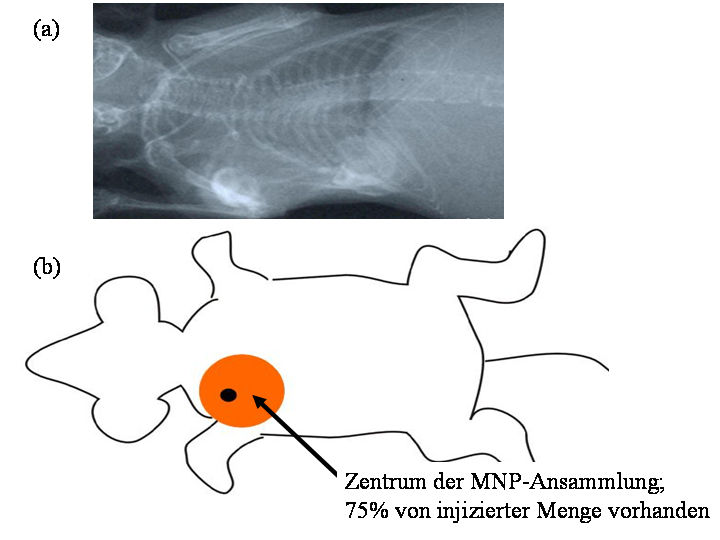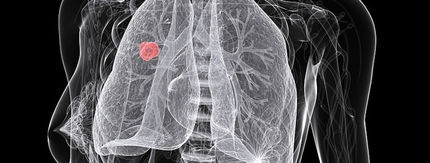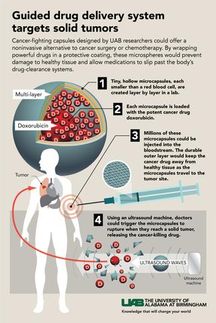Nano shake-up
UD researchers demonstrate that processing can affect size of nanocarriers for targeted drug delivery
Significant advances have been made in chemotherapy over the past decade, but targeting drugs to cancer cells while avoiding healthy tissues continues to be a major challenge.
Nanotechnology has unlocked new pathways for targeted drug delivery, including the use of nanocarriers, or capsules, that can transport cargoes of small-molecule therapeutics to specific locations in the body.
The catch? These carriers are tiny, and it matters just how tiny they are. Change the size from 10 nanometers to 100 nanometers, and the drugs can end up in the wrong cells or organs and thereby damage healthy tissues.
A common assumption is that once a nanocarrier is created, it maintains its size and shape on the shelf as well as in the body.
However, recent work by a group of researchers led by Thomas H. Epps, III, and Millicent Sullivan in the Department of Chemical and Biomolecular Engineering at the University of Delaware has shown that routine procedures in handling and processing nanocarrier solutions can have a significant influence on the size and shape of these miniscule structures.
Their findings are reported in a paper, “Size Evolution of Highly Amphiphilic Macromolecular Solution Assemblies Via a Distinct Bimodal Pathway,” published in Nature Communications.
Sullivan explains that chemotherapeutic agents are designed to affect processes related to cell division. Therefore, they not only kill cancer cells but also are toxic to other rapidly proliferating cells such as those in hair follicles and bone marrow. Side effects can range from hair loss to compromised immune systems.
“Our goal is to deliver drugs more selectively and specifically to cancer cells,” Sullivan says. “We want to sequester the drug so that we can control when and where it has an impact.”
Although there are a number of routes to creating drug-carrying nanocapsules, there is growing interest in the use of polymers for this application.
“Molecular self-assembly of polymers offers the ability to create uniform, tailorable structures of predetermined size and shape,” Epps says. “The problem lies in assuming that once they’re produced, they don’t change.”
It turns out that they do change, and very small changes can have a very large impact.
“At 75 nanometers, a nanocarrier may deliver its cargo directly to a tumor,” Epps says. “But with vigorous shaking, it can grow to 150 nanometers and may accumulate in the liver or the spleen. So simple agitation can completely alter the distribution profile of the nanocarrier-drug complex in the body.”
The work has significant implications for the production, storage, and use of nano-based drug delivery systems.
About the research
The researchers used a variety of experimental techniques — including cryogenic transmission electron microscopy (cryo-TEM), small angle X-ray scattering (SAXS), small angle neutron scattering (SANS), and dynamic light scattering (DLS) — to probe the effects of common preparation conditions on the long-term stability of the self-assembled structures.
Most read news
Topics
Organizations
Other news from the department science

Get the life science industry in your inbox
By submitting this form you agree that LUMITOS AG will send you the newsletter(s) selected above by email. Your data will not be passed on to third parties. Your data will be stored and processed in accordance with our data protection regulations. LUMITOS may contact you by email for the purpose of advertising or market and opinion surveys. You can revoke your consent at any time without giving reasons to LUMITOS AG, Ernst-Augustin-Str. 2, 12489 Berlin, Germany or by e-mail at revoke@lumitos.com with effect for the future. In addition, each email contains a link to unsubscribe from the corresponding newsletter.
Most read news
More news from our other portals
Last viewed contents
Marbofloxacin
Nutley,_New_Jersey

How many nanoparticles heat the tumour? - PTB physicists want to improve tumour therapy by heat treatment in cooperation with biomedical physicians from Jena
ThromboGenics Completes Patient Enrolment of Phase III Trial of Microplasmin for the Non-Surgical Treatment of Eye Disease - MIVI-TRUST Phase III Program With Microplasmin Recruits a Total of Over 640 patients Ahead of Schedule























































